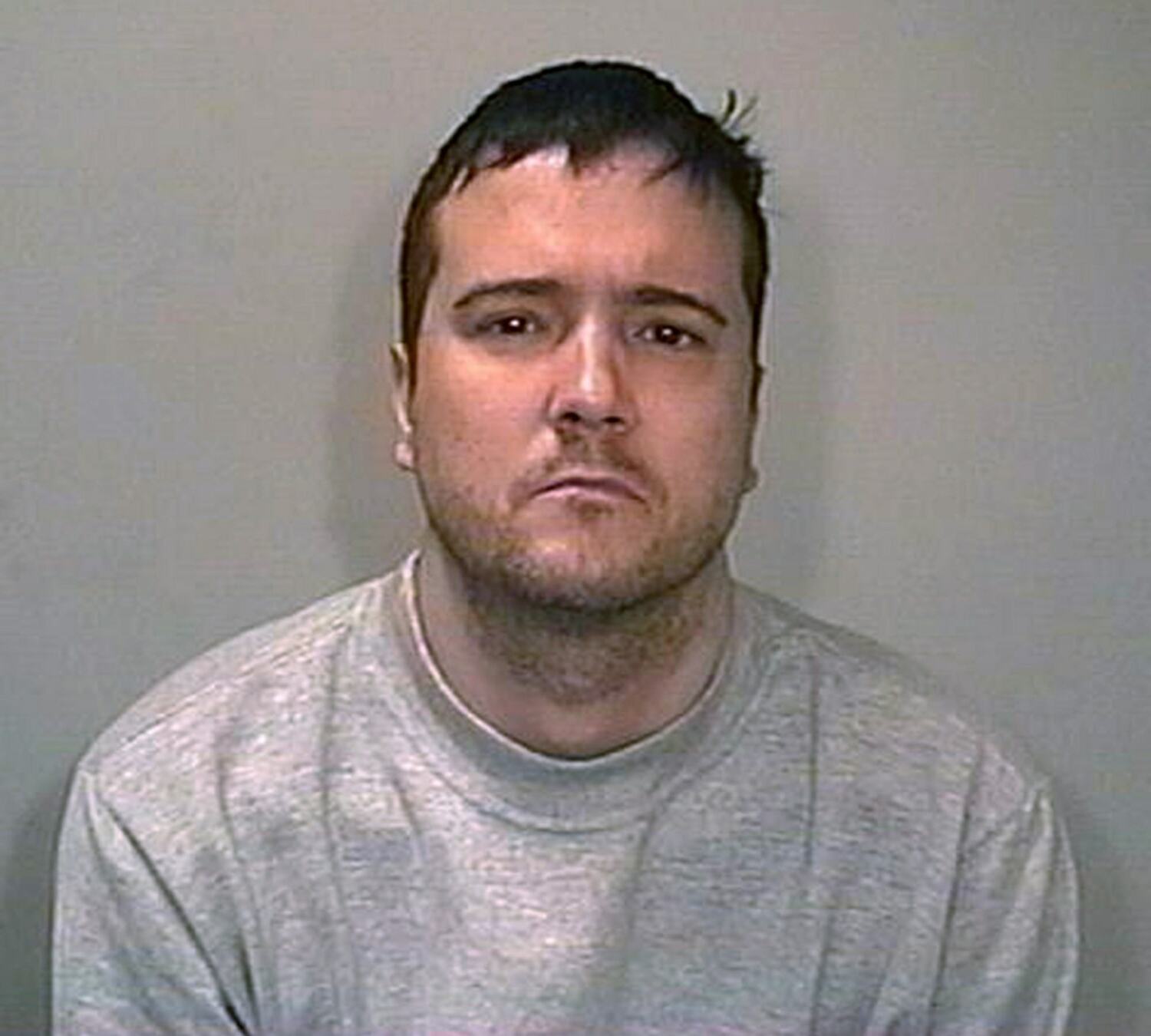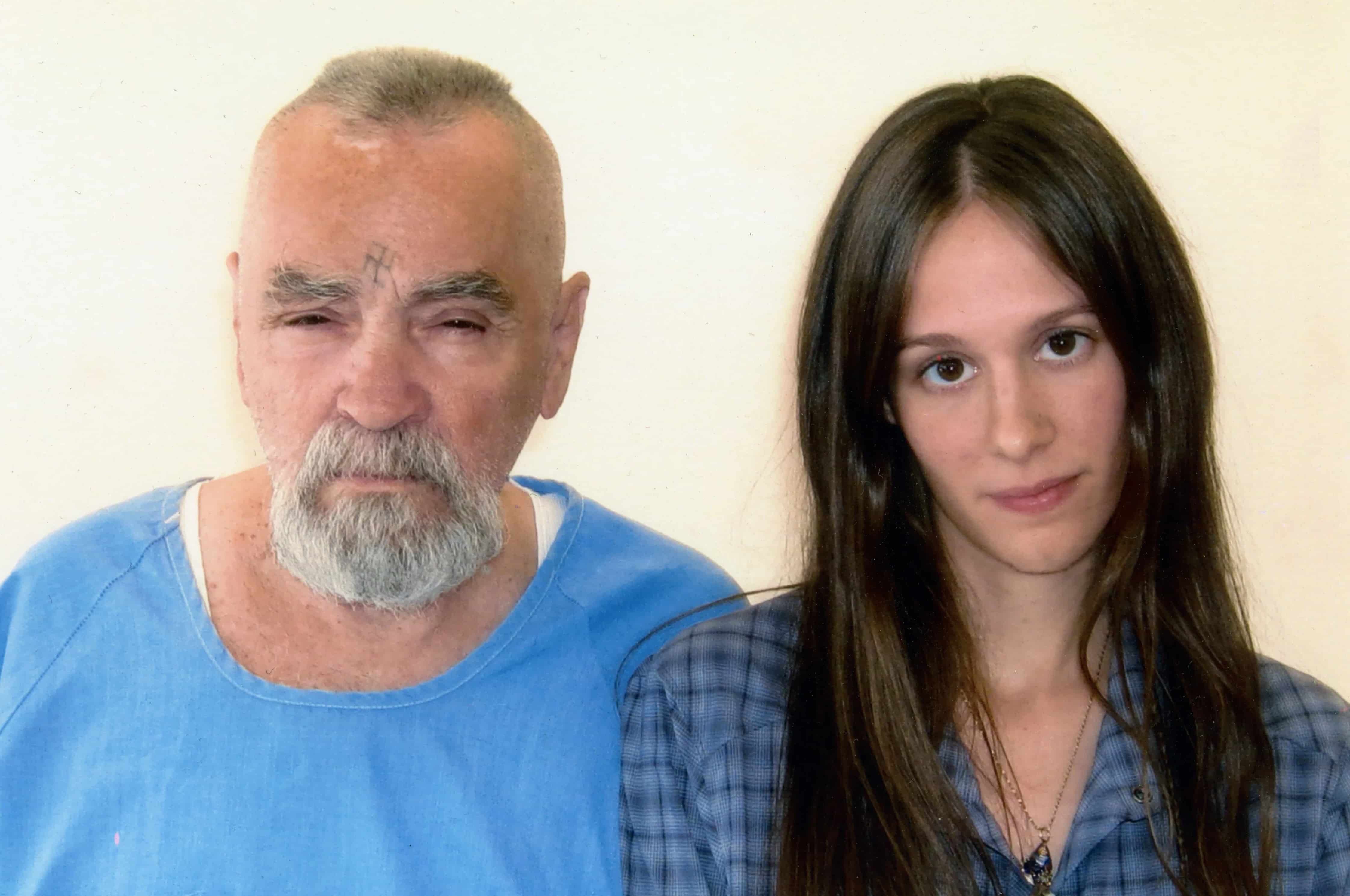
Who is Stephen Griffiths, and why is he known as the "Crossbow Cannibal"? Stephen Griffiths, born on December 24, 1969, in Dewsbury, West Yorkshire, England, is a notorious serial killer who terrorized Bradford in the late 2000s. Known for his chilling brutality, Griffiths earned the nickname "Crossbow Cannibal" due to his method of killing and his disturbing admissions. His crimes involved the murders of three sex workers: Susan Rushworth, Shelley Armitage, and Suzanne Blamires. Griffiths's fascination with murder, combined with his academic pursuits in criminology, painted a picture of a deeply disturbed individual. His arrest in 2010, following damning CCTV footage, led to a life sentence without parole.
Key Takeaways:
- Stephen Griffiths, a troubled individual with a dark past, committed heinous crimes, including the murder and dismemberment of vulnerable women in Bradford, England.
- Griffiths's disturbing obsession with murder, lack of empathy, and desire for notoriety highlight the importance of early intervention for mental health issues and robust law enforcement strategies.
The Early Life of Stephen Griffiths
Stephen Griffiths, born on December 24, 1969, in Dewsbury, West Yorkshire, England, had a troubled upbringing that set the stage for his later crimes.
- Birth and Early Life: Stephen Griffiths was born on December 24, 1969, in Dewsbury, West Yorkshire, England.
- Family Background: Griffiths grew up in a family that would later be described as dysfunctional. His parents divorced when he was 13 years old, which had a profound impact on his life.
- Sibling Relationships: Griffiths had two siblings, Caroline and Phillip. His sister Caroline was born in 1972, and his brother Phillip in 1976.
Troubled Youth and Early Crimes
Griffiths's early years were marked by criminal behavior and psychiatric issues, which hinted at the darkness to come.
- Educational Background: Griffiths attended Queen Elizabeth Grammar School in Wakefield, where he was enrolled by his parents after their divorce. However, he left school at the age of 17 and began a life of crime.
- Shoplifting and Early Crimes: Griffiths started shoplifting at a young age and was caught multiple times. One incident in 1987 led to him slashing a supermarket manager across the face, resulting in a three-year sentence in youth custody.
- Psychiatric Diagnosis: In 1991, Griffiths was diagnosed as a "sadistic, schizoid psychopath" while he was in Rampton Hospital. This diagnosis highlighted his preoccupation with murder and his lack of empathy.
- Prison Sentences: Griffiths spent time in prison for various crimes, including holding a knife to a girl's throat in 1992. He was sentenced to two years in Leeds prison.
- Suspected Murders: During his time in prison, Griffiths was suspected of being involved in the murders of Yvonne Fitt and Dawn Shields. However, no definitive proof linked him to these crimes.
Academic Pursuits and Relationships
Despite his criminal past, Griffiths pursued higher education and had several tumultuous relationships.
- Academic Pursuits: Despite his troubled past, Griffiths pursued higher education. He began a Bachelor of Science degree at Leeds University in the late 1990s and later enrolled in a Master's degree in criminology at the University of Bradford in 2009.
- Relationships and Mental Health Issues: Griffiths had difficulty maintaining relationships due to his mental health issues and violent tendencies. He was in several relationships, including with Leigh Miller, Zeta Pinder, and Amanda Judson, but these ended due to his behavior.
Obsession with Murder
Griffiths's fascination with murder began early and only grew stronger over time.
- Obsession with Murder: Griffiths's fascination with murder began early in his life. He would often watch his mother having sex with multiple men in their backyard and had a habit of skinning and torturing birds.
- Criminology PhD Student: By the mid-2000s, Griffiths had become a criminology PhD student at the University of Bradford. His academic pursuits were marked by a disturbing obsession with homicide studies, which he took literally.
The Murders
Griffiths's killing spree began in 2009, targeting vulnerable women in Bradford.
- First Known Victim: Susan Rushworth, a 43-year-old sex worker, disappeared in June 2009. This marked the beginning of Griffiths's killing spree.
- Second Known Victim: Shelley Armitage, a 36-year-old sex worker, vanished in April 2010. Her disappearance was followed by that of Suzanne Blamires, who went missing just a month later.
- Third Known Victim: Suzanne Blamires, also a 36-year-old sex worker, was the final victim. She was shot with a crossbow and dismembered before being dumped in the River Aire in Shipley.
Capture and Conviction
Griffiths's arrest and trial revealed the full extent of his horrifying crimes.
- CCTV Footage: The key to Griffiths's arrest was CCTV footage showing him dragging Blamires' body back into his apartment building. The footage also captured him flicking his middle finger at the camera while holding up the crossbow.
- Arrest and Conviction: Griffiths was arrested in May 2010 after the CCTV footage was reviewed by the caretaker of Holmfield Court. He was charged with the murders of Susan Rushworth, Shelley Armitage, and Suzanne Blamires. Griffiths pleaded guilty to all three murders at Leeds Crown Court.
- Chilling Admission: During his police interviews, Griffiths boasted about eating parts of his victims. He claimed that eating Suzanne Blamires was "part of the magic" and that he had killed "loads" more women than the three known victims.
- Disturbing Video Recordings: The court was told that Griffiths possessed disturbing video recordings and images, further highlighting his fascination with violence and death.
- Life Sentence: Griffiths was sentenced to a whole life order, meaning he will spend the rest of his life behind bars. Despite this, he has attempted to take his own life multiple times while in prison.
Psychological Profile and Public Image
Griffiths's psychological makeup and public persona were as disturbing as his crimes.
- Psychological Profile: Griffiths's psychological profile revealed a narcissistic personality disorder and misogynistic tendencies. He longed for fame or infamy, much like his criminal idols.
- Eccentric Appearance: Griffiths was known for his eccentric appearance, often wearing a long leather coat, slicked-back hair, and sunglasses. He also kept pet lizards on a leash, earning him the nickname "Lizard Man" or "Penfold".
- Online Presence: Griffiths had an eerie online presence, including a website showcasing crossbows and images of serial killers. This hinted at a darker side beneath his eccentric facade.
- Taunting Behavior: Griffiths engaged in taunting behavior, both in court and with his former partner. This indicated a penchant for manipulating media attention and a desire to be seen as a notorious killer.
- Legal Representation: Griffiths chose to represent himself in court, adopting the provocative self-representation of the "Crossbow Cannibal." This was part of his calculated actions to gain notoriety.
Victims and Their Stories
The lives of Griffiths's victims were tragically cut short, leaving their families devastated.
- Victim Profiles: The victims—Susan Rushworth, Shelley Armitage, and Suzanne Blamires—were all sex workers known to frequent the Bradford area. Their disappearances were initially thought to be unrelated until Griffiths's arrest.
- Dismemberment and Disposal: Griffiths dismembered Susan Rushworth's body in a bath and Shelley Armitage's body before putting them in bin bags to transport them to the River Aire. Suzanne Blamires was kept in his flat for two days before being shot and dismembered.
- Cultural Impact: The case of Stephen Griffiths shocked the public and media, leading to widespread coverage and public fascination with the "Crossbow Cannibal." It also highlighted the darker aspects of human nature and the complexities of serial killers.
- Psychological Analysis: Criminologists and psychologists have analyzed Griffiths's behavior, noting his preoccupation with murder and his lack of empathy. His actions were seen as driven by a twisted desire for notoriety and a fascination with violence and death.
- Media Portrayal: The media portrayed Griffiths as a calculating and emotionless killer who reveled in his own notoriety. His self-representation as the "Crossbow Cannibal" was seen as a deliberate attempt to gain fame through his heinous crimes.
Legal Proceedings and Aftermath
The legal process and its aftermath left a lasting impact on the victims' families and the public.
- Legal Proceedings: The legal proceedings against Griffiths were marked by his calm demeanor during his arrest and subsequent court appearances. He pleaded guilty to all charges, showing no remorse for his actions.
- Victim Families' Reactions: The families of the victims were deeply affected by Griffiths's crimes. Suzanne Blamires's mother, Nicky Blamires, spoke out about the ongoing pain and suffering caused by her daughter's murder.
- Prison Life: Since his conviction, Griffiths has attempted to take his own life multiple times while in prison. His life sentence has been marked by periods of isolation and reflection on his crimes.
- Historical Context: Griffiths's crimes are part of a broader historical context of serial killers in the UK. His fascination with infamous criminals like John George Haigh, the "Acid Bath Murderer," highlights a pattern of emulation and obsession with notorious crimes.
- Legacy and Impact: The case of Stephen Griffiths serves as a chilling reminder of the darker aspects of human nature. It underscores the importance of early intervention in addressing mental health issues and the need for robust law enforcement strategies to prevent such crimes.
The Dark Legacy of Stephen Griffiths
Stephen Griffiths, known as the "Crossbow Cannibal," left a chilling mark on Bradford, England. His life, marred by early criminal behavior and mental health issues, spiraled into a series of brutal murders. Griffiths's fascination with violence and desire for notoriety drove him to commit heinous acts against vulnerable women. His calculated actions, from dismemberment to taunting behavior, showcased a deeply disturbed individual seeking infamy. The case shocked the public, highlighting the importance of addressing mental health issues early and the need for vigilant law enforcement. Griffiths's story serves as a grim reminder of the evil that can lurk within seemingly ordinary people. His life sentence ensures he remains behind bars, but the impact of his crimes continues to resonate, reminding society of the complexities and dangers posed by such individuals.
Frequently Asked Questions
Was this page helpful?
Our commitment to delivering trustworthy and engaging content is at the heart of what we do. Each fact on our site is contributed by real users like you, bringing a wealth of diverse insights and information. To ensure the highest standards of accuracy and reliability, our dedicated editors meticulously review each submission. This process guarantees that the facts we share are not only fascinating but also credible. Trust in our commitment to quality and authenticity as you explore and learn with us.


